Thailand – December & January 2016/17
© 2017 Callyn Yorke
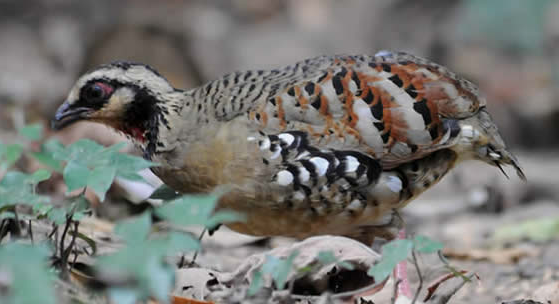
INTRODUCTION
Birding Thailand is usually a special treat. The country is a cornucopia of avian delights, sometimes in the most unexpected locations, such as the sprawling metropolis of Bangkok. Three years earlier, I was in a rush to escape Bangkok, mostly due to an ominous cloud of mustard gas hanging over the city, belched out by a million internal combustion engines, gridlocked in every direction.
This time, the Bangkok experience was different. My lodging in the Kings Park district was conveniently situated near a large urban park dedicated to the late King of Thailand and his predecessors. Despite crowds of Thais exercising in the park during early morning hours, combined with a multitude of loudspeakers providing music and lifestyle narratives, there were scores of interesting birds to be found. And, with constant human presence in the park, most bird species were approachable for photographic opportunities. This was the only location I have found in Thailand, where the commonly heard but seldom seen Asian Koel, exposed itself long enough for a snapshot. That remarkable event alone was worth a second visit to the park. While staying in Bangkok for a few days at the beginning and end of the journey, I found Kings Park to be a wonderful consolation gift for a naturalist otherwise confined to a nearly impenetrable concrete jungle.
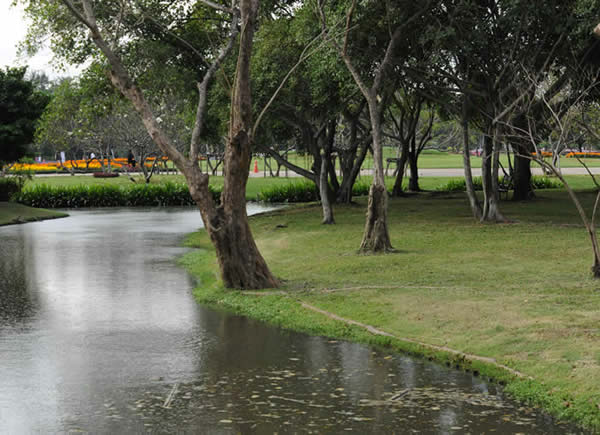
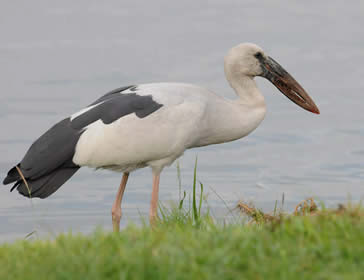
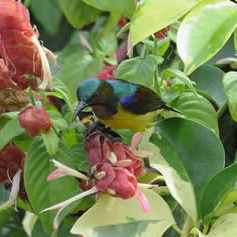
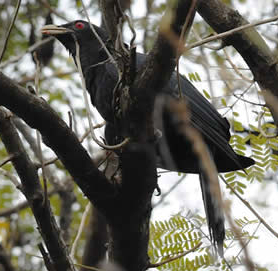
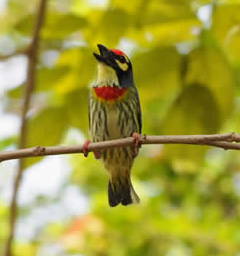
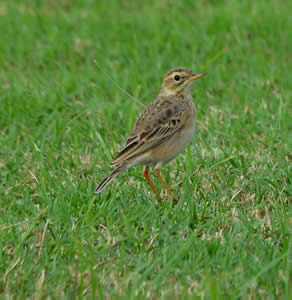
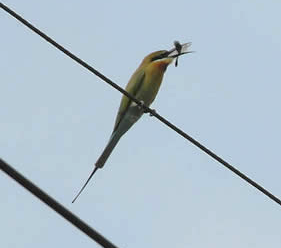
Beginning in Bangkok with our luggage, my AVC colleague, Dan Byrne and his Thai wife, Nattamon, navigated through local bus terminals. By the end of a long day on the road we arrived at their spacious new home in the village of Ban La Sai Mai, Buri Ram Province, northeastern Thailand. This would be our base of operations for the next few days.
The land surrounding Dan and Nattamon’s home included extensive rice paddies and a mosaic of active and fallow agriculture fields. One fairly productive birding spot was a nearby man-made reservoir with abundant lilies and patches of marsh. I never learned the proper name of the reservoir (perhaps it doesn’t have one). This reservoir, combined with adjacent agricultural land, became Dan’s regular birding area, reminiscent of his study area on the outskirts of his former residence in Chang Rai, northern Thailand – ‘Dan’s Patch.‘
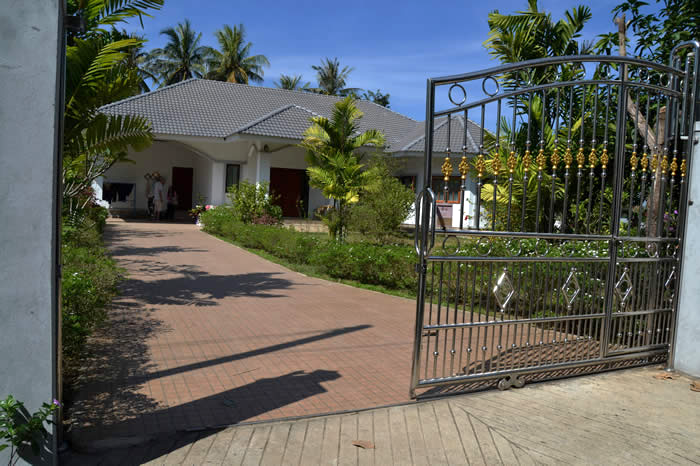
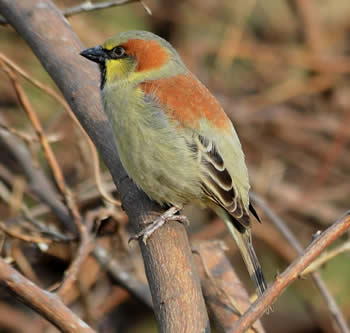
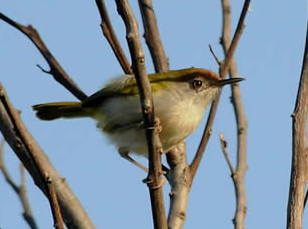
Another outstanding natural area in the Buri Ram region, was a large wetland called Sanambin. We spent several hours birding this area one day, documenting fifty-two species. Among thousands of waterbirds (literally hundreds of nesting Asian Openbill) were three Sarus Cranes, re-introduced to the area by conservation biologists. Unbeknownst to us, these large, stately cranes had been in the adjacent wetlands the entire time Dan and I had been birding but were visible only from the tower and nearby grounds next to the ranger station. That was a highlight and where we made our concluding observations during the visit.
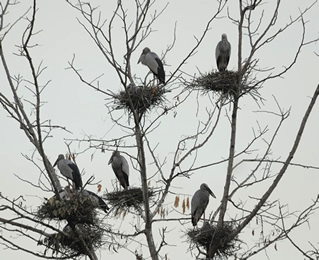

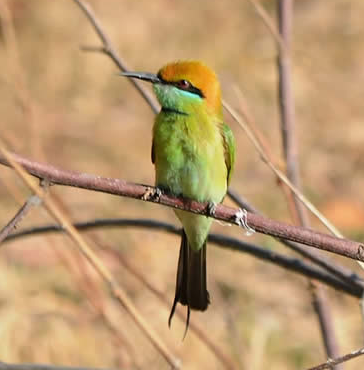
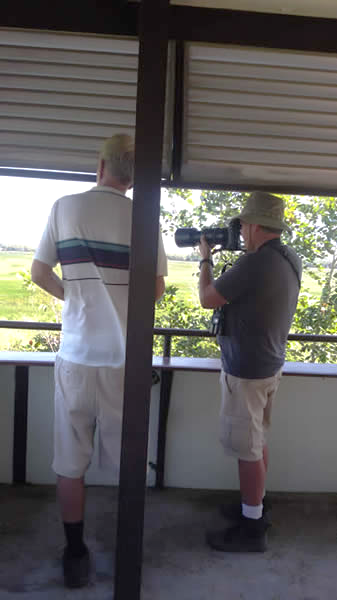
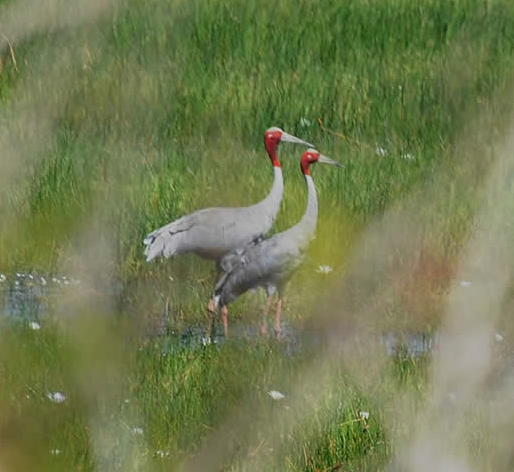
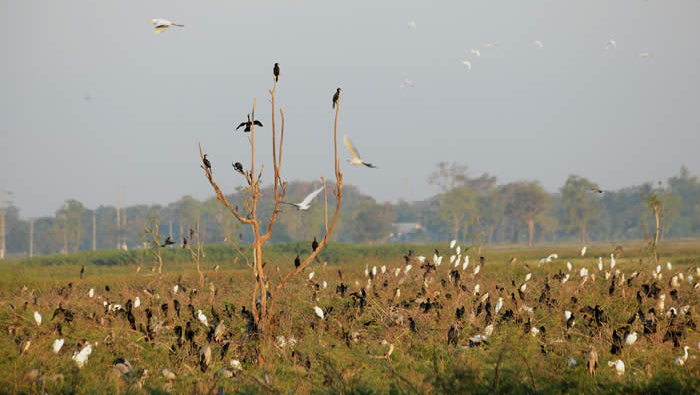
A day’s drive northwest of Dan’s home in Ban La Sai Mai, was one of northeast Thailand’s best preserved rainforests, Nam Nao National Park. Accompanied by our driver Kay and his wife Sow, Dan and I unpacked our gear and claimed our space in a small, moldy, two-room bungalow surrounded by a luxuriant rainforest. The evening air was chilly (Nam Nao in Thai means cold water – as I discovered in the bungalow shower). One must exercise vigilance in this park due to the presence of grumpy elephants, known to be dangerous throughout Thailand. There were multiple cautionary signs posted on the trails.
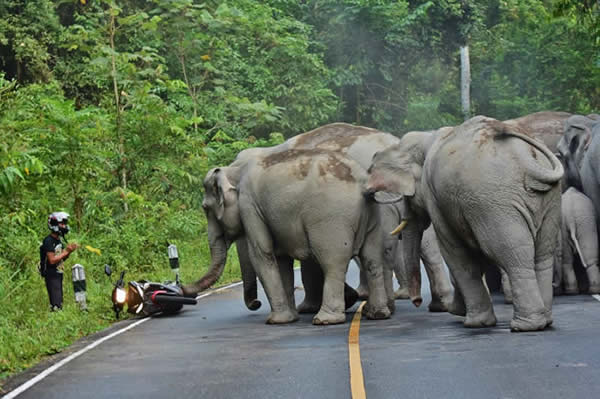
As for elephants (we saw none), birdlife was scarce in the park. We observed very little evening and morning bird activity; only a few, brief bird vocalizations were heard. Apparently, December is not the best month for finding birds in Nam Nao. Then a large, noisy group of school kids set up camp near the trailhead. That was the last straw. We opted for an early departure, cutting our three-day stay down to only two days.
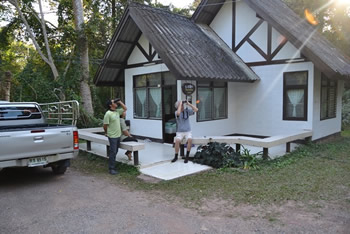
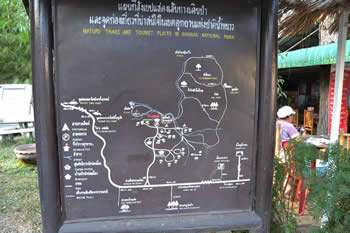
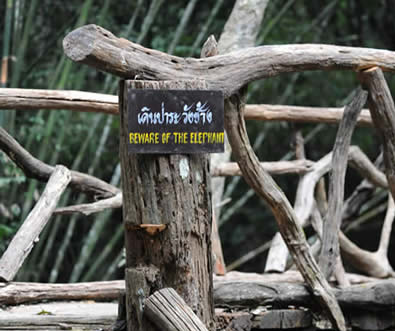
The highlight of the trip to Nam Nao was a sublime sunrise observed from a nearby hilltop. A few other visitors were there with us at dawn for the spectacle. I managed to get some hand-held shots with my Nikon D3x and 80-400 mm lens.
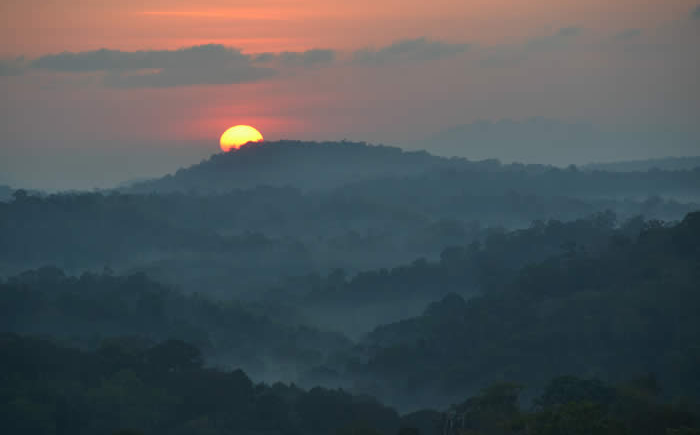
Our next destination was Kaeng Krachen National Park, in west-central Thailand. Nearby the park were a couple of small resorts (e.g. Samarn Bird Center) with clean, comfortable bungalow-style accommodations. As the New Year approached, local resorts around the park began filling up. Predictably, the best resort we found for birds (Ban Maca) was the least crowded with visitors. A local residence (Ban Song Nok) has achieved notariety within the international birding community. The owner has constructed blinds equipped with a video camera and remote monitor, capturing stunning, real-time imagery of some forest specialities, which have become regular visitors to the feeders. This is where I obtained close-up images of shy, secretive species such as Scaly-breasted Partridge, Bar-backed Partridge and Silver Pheasant.
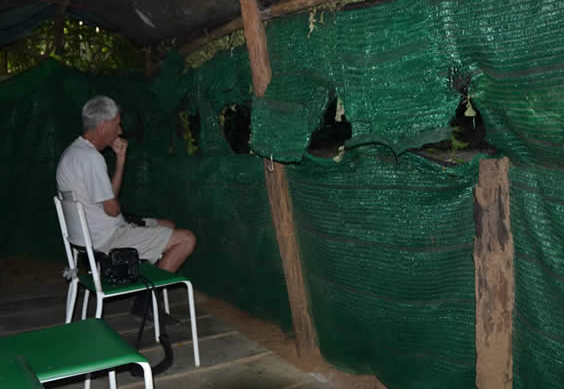
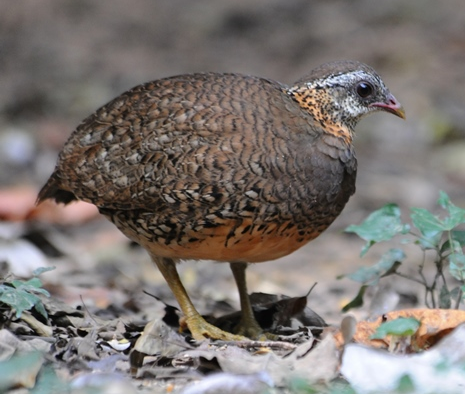
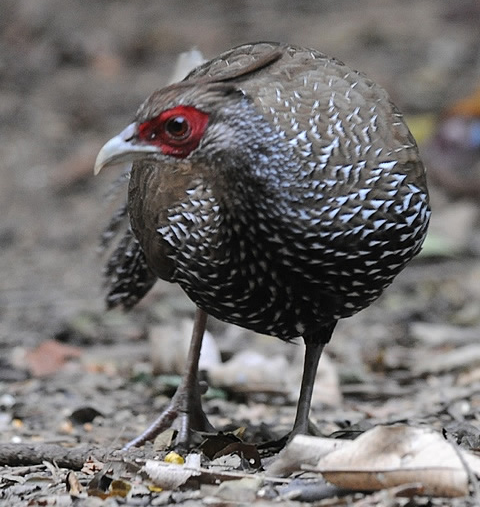
We made an early morning drive to Kaeng Krachen National Park and were surprised there was no entry fee due to a national holiday. The paved road through the park was surrounded by primary lowland forest with small lakes, ponds and swamps. We walked warily along the edges of the road, since there were no pedestrian pathways and the New Years eve traffic was fast and frequent soon after the park opened at 8 AM. Many birds could be heard all around us, however, as is usual in a lowland rainforest, most were difficult to see. We managed to find two or three areas off the roadway to bird safely; those areas produced several interesting species, including Blythe’s Hawk Eagle, Pale Blue Flycatcher and Black-crested Bulbul.
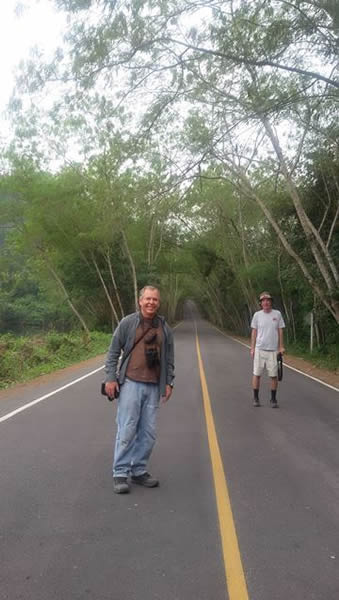
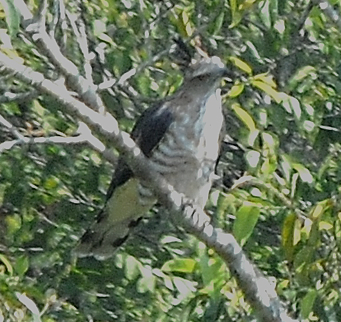
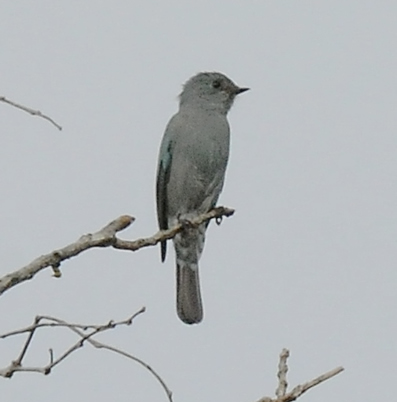
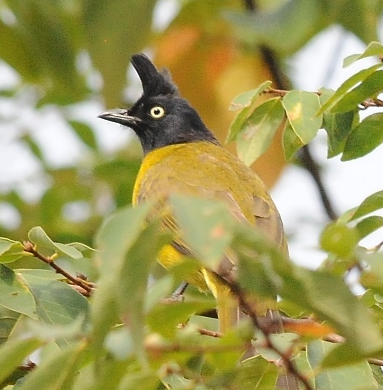
______________________________________________